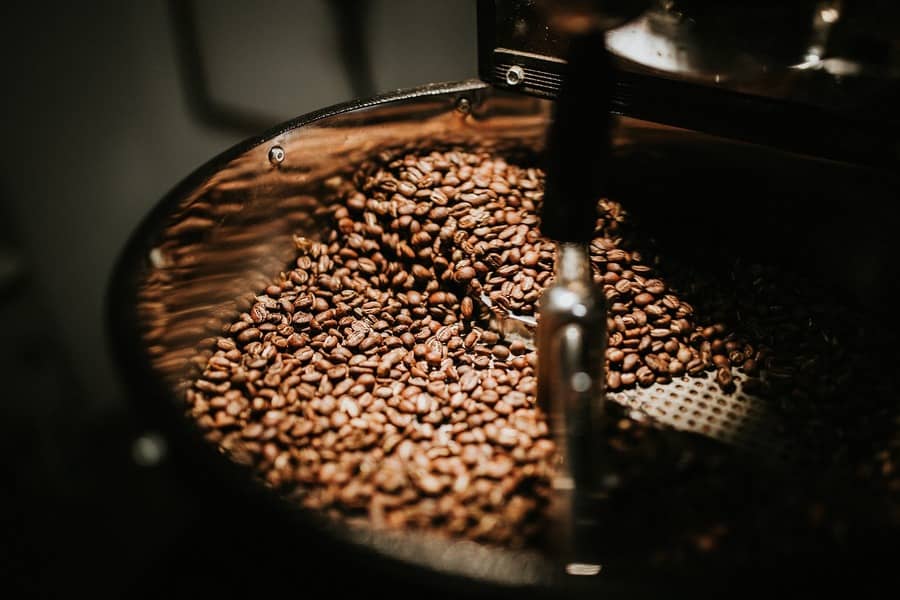It is worth noting that the improvement on ICE US has already led to an adjustment in the external sell price, with weaker FOB export differentials. MTGB good cup is bidded at -5 cents and offered at -2 cents FOB Santos. A month ago this description was indicated at +7 cents against ICE US. New York gains ended up forcing a realignment in differentials, given the increased selling interest. Cheaper differentials help unlock business.
Positions with the new crop also underwent realignment. The differential for MTGB good cup FOB Santos ranges from -20 to -15 cents against ICE US for shipment in the second half of 2023. A weaker export price than that negotiated in the physical market. Furthermore, the new-crop position on ICE US (Sep/23 and Dec/23) is lower than the spot contract (May/23). In this sense, the calculation of the flat price for new-crop coffee in Brazil remains lower than the reference in the physicals. The current idea ranges from 160 to 165 cents for shipment between July and September. In the physicals, the reference is 178 to 182 cents. A difference of 13 to 22 cents lower than the price for new-crop coffee.
The higher dollar for future delivery somewhat mitigates this difference. But the fact is that the inverted market on ICE US and the more expensive differential in the physicals lead to such distortions. And the lower price in the new crop compared to the physicals ends up taking away the producer’s interest in selling, even in the face of the risk of a future low with the advance of a full crop in Brazil.
Good cup from southern Minas Gerais is nominally indicated between BRL 1,040 and 1,050 for delivery and payment in September 2023, far below the price practiced in the physicals. And within a reality of a weaker differential and a dollar curve with a lower slope (lower interest rates), the indication for the new crop could be even lower.
More valued internal physical market and favorable for sellers
The upward shift in the ICE US performance level, the recovery in the dollar, and the firm FOB export differentials ended up ensuring a good advance in domestic physical prices last February, which favored sellers. Good cup from southern Minas Gerais is bidded at BRL 1,150 a 60-kg bag in the physicals, sustaining the bullish movement. Gains in February caused coffee to leave the 5-year average reference (deflated), expanding the opportunity window for sellers. Coffee starts the month of March even farther away from the average reference, contrary to the seasonal movement and reinforcing the improvement in the purchasing power of the coffee bag. This extends the positive indication for sellers.
Fine cup cost around BRL 1,170 a bag in Cerrado and Mogiana, seeking a slowdown after recent gains. The market managed to distance itself from the bottom of the beginning of the year, when it changed hands at BRL 960 a bag, but still below the level of BRL 1,300 for a bag that served as reference until September last year. Rio coffee maintains the level of BRL 1,000 per bag in Matas de Minas, finding support in the firmness of group 1 arabica coffees.
Conillon 7/8 in Colatina, ES, ended up losing the BRL 700 level, falling to BRL 685 a bag. The market already reflects the proximity of the new crop, which for conillon arrives earlier. Because of that, sellers are more flexible. In addition, the shorter posture of the domestic industry, which stretches stocks waiting for the arrival of the crop, also ends up affecting the market dynamics. The lack of external competitiveness of Brazilian conillon is concentrating the attention of sellers on the domestic market. Hard arabica with 600 defects for domestic consumption is pegged at BRL 1,020 per bag, making it BRL 335 more expensive and favoring the demand for conillon by the roasted and ground industry.

